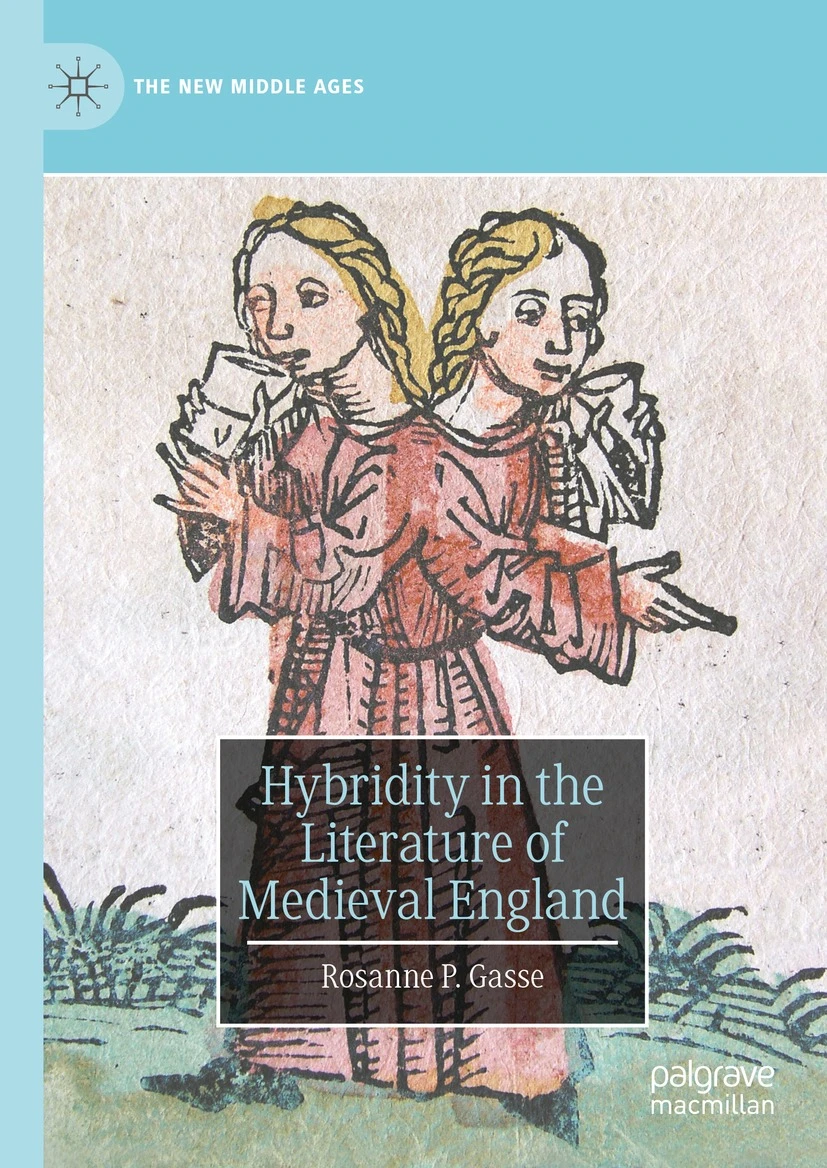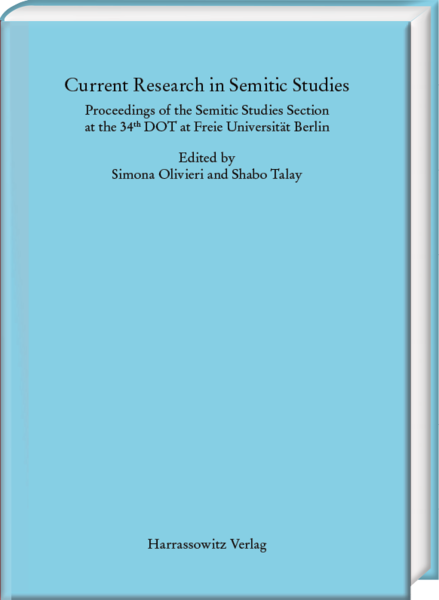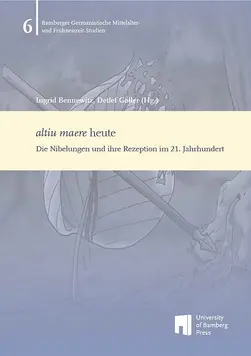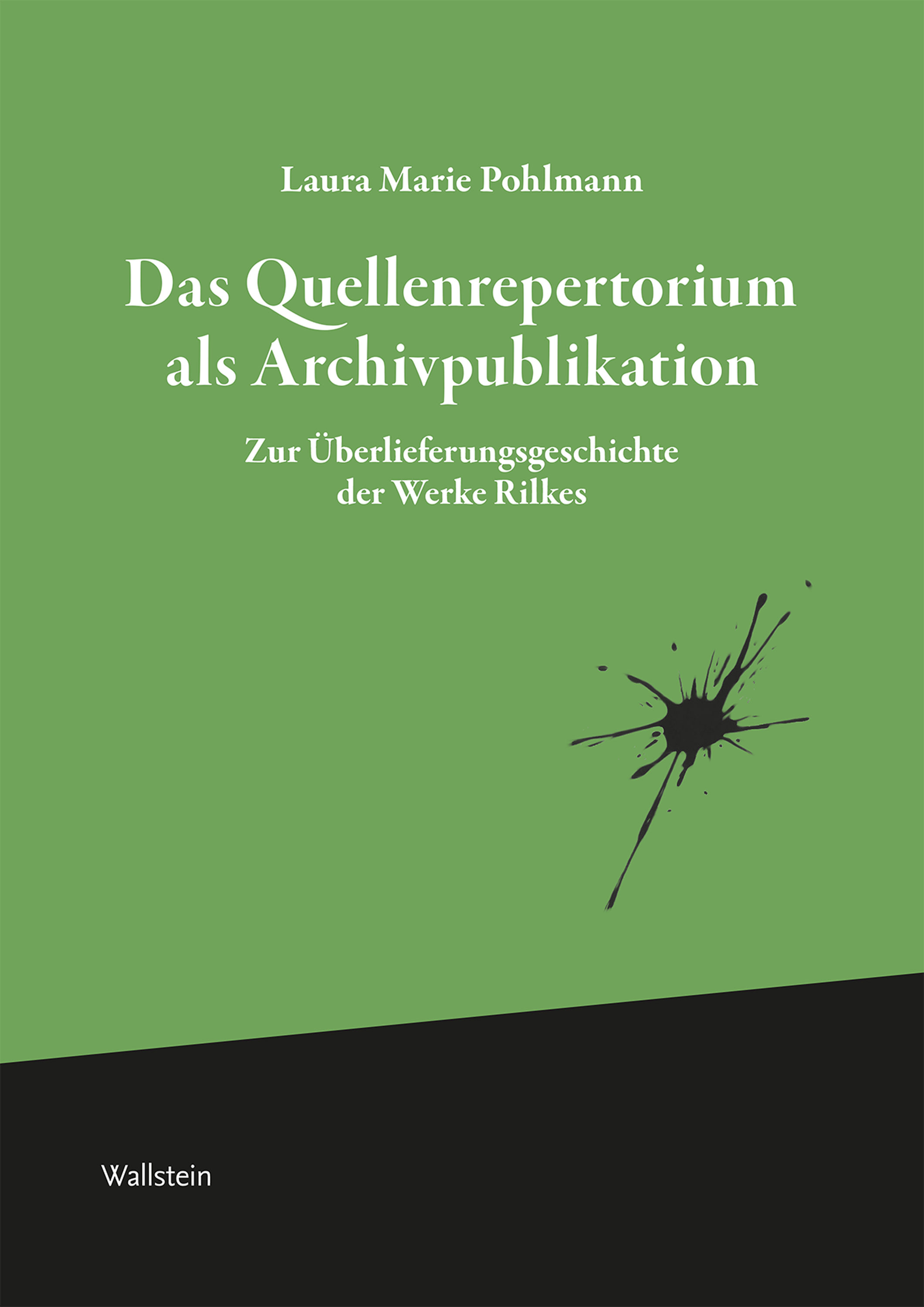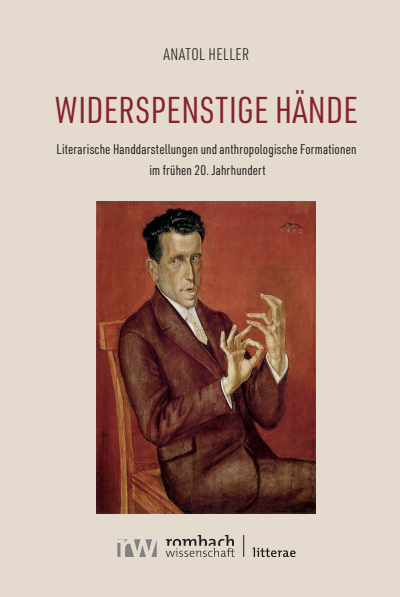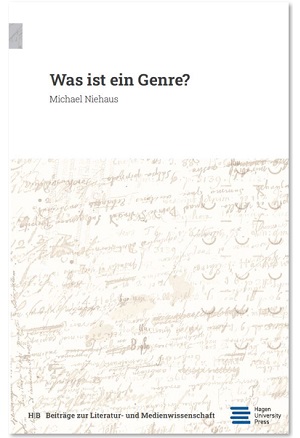– Update 23.12.: Wir werden die Datenbank mindestens für das Jahr 2025 lizenzieren. –
Bis zum 2.1.2025 haben wir Zugriff auf die Datenbank „Orlando: Women’s Writing in the British Isles from the Beginnings to the Present“, eine umfangreiche Textsammlung mit biografischen und bibliografischen Informationen, Kontextmaterial und Chronologien zu über 1300 überwiegend britischen Schriftstellerinnen und Suchstrategien zur Erforschung der Frauenliteratur aus verschiedenen Perspektiven.
Wir freuen uns auf Ihre Rückmeldung zum Angebot und zu Ihrem Bedarf daran über den Testzeitraum hinaus unter test.zugriff@uni-muenster.de!
Orlando: Women’s Writing in the British Isles from the Beginnings to the Present is a textbase for research and discovery.
As a new kind of history of women’s writing, it seeks to further the study and understanding of literature, focusing particularly on the part women have played in its development.
Our Orlando is a searchable textbase of born-digital, original prose encoded by our collaborative team using our bespoke semantic markup that reflects our priorities in feminist literary history. It is full of interpretive information on women, literature, and culture. At its core are documents about authors’ lives and writing, together with a great deal of contextual historical material on relevant subjects, such as education, politics, science, the law, and economics.
This is history with a difference. Together with its literary research, the Orlando Project has been conducting an experiment in digital humanities, looking for ways to exploit the possibilities of technology for interpretive and critical scholarship. Orlando has been developed to respond to the diverse needs and interests of readers and scholars.
Orlando’s differences as literary history arise largely from its integration of readable text and digital structure. That is why we call it a textbase rather than a database: it returns results in prose rather than in tabular form.
Its content and means of delivery are inseparable and essential elements of one project. They were built together by project members who collaborated with the needs of researchers, students, and the public in mind,making Orlando highly responsive to questions its users ask. Its unique structure and searchability allow users to examine its information and critical comment in a wide range of configurations and to remix them in new and creative ways. Orlando is open to the serendipities of productive browsing, but it is also designed for searchers with specific agendas—that is, for responding to precise, complex questions.

